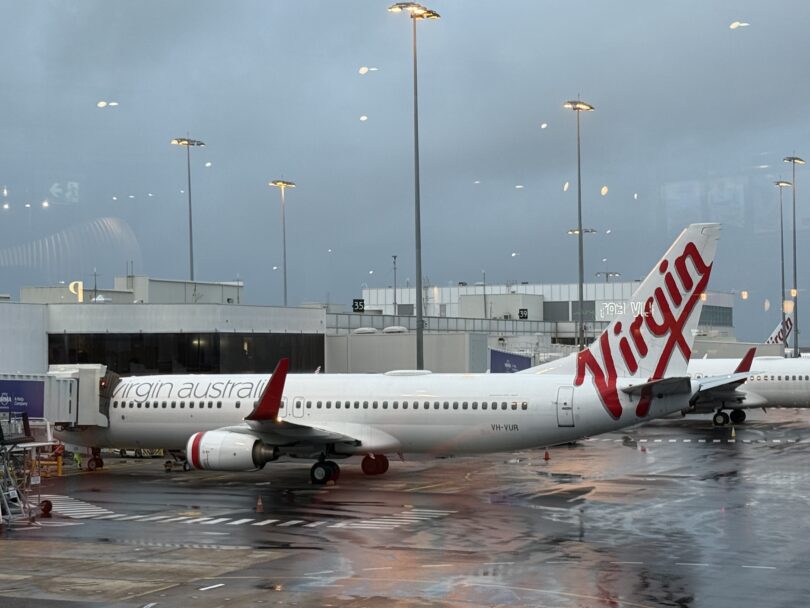Sydney Airport Flights Grounded and Gripped by Delays and Cancellations due to ‘Bomb Cyclone”
Sydney Airport was plunged into chaos today as a severe storm system battered the city, leading to widespread flight delays, cancellations, and frustrated passengers. The “bomb cyclone,” as meteorologists have described the rapidly intensifying low-pressure system, forced the airport to operate on a single runway for much of the day, significantly reducing its capacity.
*This Post filed direct from Sydney Kingsford Airport at 07.25 am Tuesday 02 July by A.Ritenis
SYDNEY, NSW – July 2, 2025 – A powerful “bomb cyclone” has unleashed widespread disruption across Sydney today, bringing the city’s major airport to a near standstill. Thousands of travellers have been left stranded and frustrated as severe weather conditions, including torrential rain and destructive winds, forced significant flight delays and cancellations.
The unprecedented storm system, which intensified rapidly off the NSW coast, led Airservices Australia to implement single-runway operations at Sydney Airport for safety reasons. This critical decision, made in adherence to International Civil Aviation Organisation (ICAO) safety regulations, drastically reduced the number of aircraft that could take off or land, creating a ripple effect of delays across domestic and even some international routes.
Passengers arriving at the airport were met with long queues, crowded terminals, and a palpable sense of uncertainty. Digital display boards flickered with “delayed” and “cancelled” notifications, while airline staff worked tirelessly to rebook passengers and provide updates amidst the unfolding chaos. Many travellers, caught off guard by the severity of the weather, expressed their frustration at missed connections and disrupted travel plans.

Major airlines, including Qantas, Virgin Australia, and Jetstar, bore the brunt of the disruptions. Virgin Australia confirmed that a number of its services were impacted, with cancellations and significant delays expected throughout the day. Jetstar also reported numerous domestic arrivals and departures affected, advising customers to check their flight status directly before heading to the airport.
“Safety is Airservices’ number one priority,” a spokesperson for Airservices Australia stated, explaining that the decision to reduce runway operations was purely weather and safety-related. The Bureau of Meteorology had warned of destructive wind gusts exceeding 125km/h and up to 120mm of rain lashing Greater Sydney within a six-hour period, making flying conditions extremely hazardous.
Beyond the immediate airport, the storm has caused widespread issues across New South Wales, with emergency services responding to hundreds of calls for assistance related to flash flooding and hazardous conditions. The impact on Sydney Airport, however, remains a focal point for many, highlighting the vulnerability of air travel to extreme weather events.
As the “bomb cyclone” continues to batter the region, authorities are urging residents and travellers to remain vigilant, monitor official weather warnings, and check with their respective airlines for the latest flight information. The full extent of the travel disruption is still unfolding, with flow-on effects expected to persist into tomorrow.







